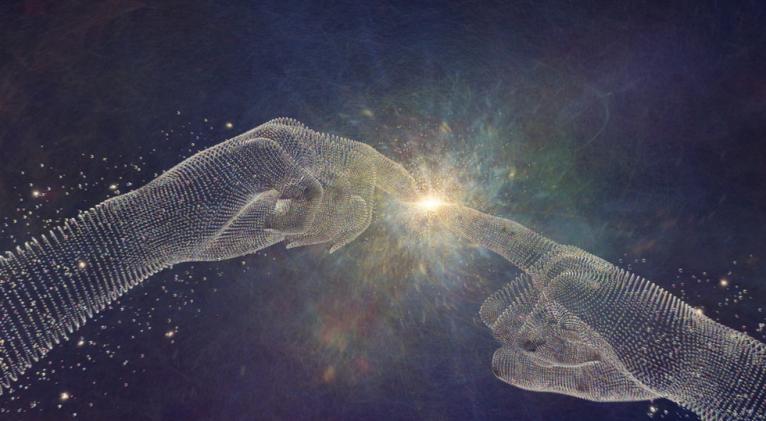Scientists propose life could form INSIDE stars in wild new theory
especiales

Illustration © Getty Images / peepo
The search for alien life in the universe usually focuses on exoplanets orbiting around distant suns, but a new theory proposed by researchers in New York suggests an extreme form of ‘nuclear life’ may be living inside stars.
While constantly scanning the skies for Earth-like planets inhabiting the ‘Goldilocks Zone’ of their stars – not too hot but not too cold, allowing for liquid water on their surface – alien-hunting scientists may have overlooked a source of potential extremophile creatures: the stars themselves.
Also on rt.com NASA shares stunning IMAGE of Earth-sized planet that could harbor alien life
As the name might suggest, extremophiles are organisms which grow optimally in extreme environments, as far as carbon-based life is concerned, including various forms of bacteria which thrive in extremely hot, cold, acidic, basic or irradiated parts of the universe.
New research by physicists Luis Anchordoqui and Eugene Chudnovsky at the City University of New York proposes the existence of so-called “nuclear life.”
Their theory proposes that hypothetical particles form together to create cosmic strings, or 'necklaces’, which could themselves prove to be a building block of this nuclear life inside the same stars which illuminate the universe. These cosmic necklaces would be the stellar, nuclear equivalents of the DNA and RNA which form the basis of organic life here on Earth.
“Information stored in the RNA (or DNA) encodes the mechanism of self-replication,” Chudnovsky said.
Humanity has yet to detect these one-dimensional cosmic strings and the elementary particles with only one magnetic pole which create them (monopoles), but the new study posits they can form into one-, two- and three- dimensional structures, in much the same way atoms join up through chemical bonds to form organic molecules.
These cosmically “complex” structures would eventually survive long enough in the extreme nuclear furnace at the heart of a star to replicate while harnessing the fusion energy, theoretically causing the star to dim.
Also on rt.com Scientists solve mystery of Betelgeuse star’s unusual dimming… sadly it’s not an alien megastructure
Even more astonishing is Chudnovsky’s idea that this “self-replicating nuclear species” could develop intelligence, potentially surpassing our own.
“Since they would be evolving very fast, they could find a way to explore the cosmos beyond their star, as we have done,” Chudnovsky said. “They could establish communication and travel between stars. Maybe we should look for their presence in space.”
For now, the researchers plan to develop simulations of cosmic necklace behaviour in stars to test their theory about nuclear life, while also examining stars like EPIC 249706694, which dim erratically and without explanation.














Add new comment